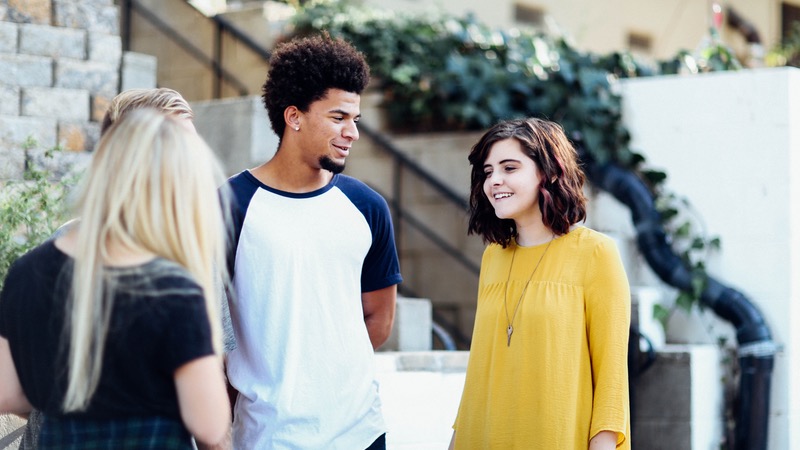Liking Technique #2: Familiarity
Episode #4 of the course Persuasion science masterclass: Part II by Andy Luttrell
According to the “Familiarity-Liking” strategy, you can make an effort to become a familiar face before making your request, and it will pay off in greater compliance with that request. People are more likely to be influenced by someone who is more familiar.
But how can you create a sense of familiarity when you know that you’re going to be addressing people who don’t already know you?
Let’s take a look at one study that had people in one of three conditions (Burger, Soroka, Gonzago, Murphy, & Somervell, 2001). People came in as a pair to participate in a study, and all they did were some simple activities. They completed some puzzles and then went to a waiting area. In some cases, they were given the chance to interact with one another and were told to have a conversation and get to know each other. In other cases, they were told to sit quietly in the room. In still other cases, the participants were kept apart from each other in separate waiting rooms. In each case, after five minutes, they are free to leave because of an apparent mix-up.
Okay, so that’s the backstory. Now, when the study’s all done and they’re ready to leave, one of the participants (who’s actually working with the study) asks a favor of their partner. If familiarity really is a powerful case of creating more liking and then more influence, then in the two conditions where they spent time with each other, there should be greater compliance than in the condition where they did not spend any time with each other. And indeed, that’s what they found. For participants who were kept separate from their partners, 26.3% of the time, they complied with the person’s request.
But even after having just a short interaction with that person, compliance rates went up to 48.7%. Just briefly getting to know each other increases influence. What might seem crazy, though, is that when the partners just sat quietly in the same waiting room, rates of influence were the same as when they had a real interaction (48.6%). In other words, it doesn’t matter how you become familiar with someone or how high-quality your interaction was. Just becoming familiar was enough to create greater influence.
These findings are consistent with many studies on “mere exposure,” which shows that simply being exposed to something increases liking for it (Bornstein, 1989). The early research looked at nonsense symbols and showed that the more you see these symbols, the more you end up liking them over the time.
So how can you apply “Familiarity-Liking” to your own influence efforts? Well, you could make a point of showing up. Just by having your face around, making sure people know that you’re around can be enough to create more familiarity. Also, get to know someone before making a request. I have also thought that it is smart to include your photo on promotional materials. Just by having those photos on your products, your website, or your social media, you get people used to seeing your face.
Tomorrow we’ll move on to a new principle of influence—authority—to see its role in the persuasion process.
Recommended book
“Made to Stick: Why Some Ideas Survive and Others Die” by Chip Heath, Dan Heath
Share with friends

